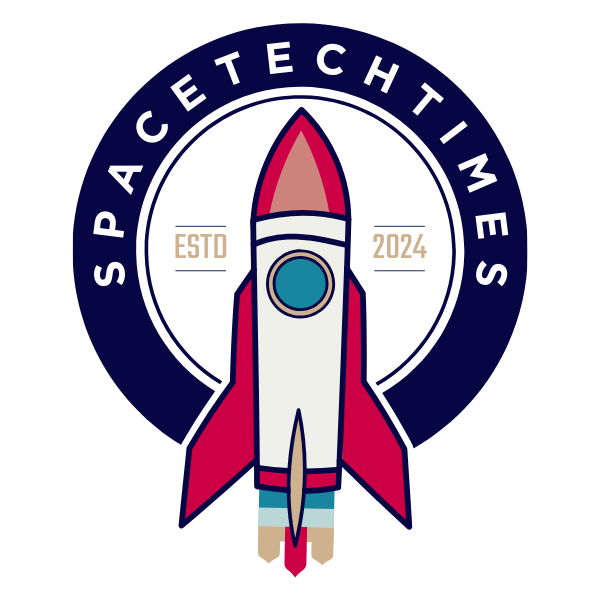NASA has successfully launched the second of its PREFIRE (Polar Radiant Energy in the Far-InfraRed Experiment) satellites. These tiny satellites, called CubeSats, are communicating with ground controllers after launching at 3:15 p.m. NZST, Wednesday (11:15 p.m. EDT, June 4). These CubeSats, which are about the size of a shoebox, are designed to help scientists better predict how Earth’s ice, seas, and weather will change as the planet warms. The information they gather will help humanity better understand and adapt to our changing world.
Launch and Mission Details of PREFIRE Satellites
The second PREFIRE CubeSat was launched on Rocket Lab’s Electron rocket from Launch Complex 1 in Māhia, New Zealand. This follows the launch of the first PREFIRE CubeSat on May 25. Both CubeSats will undergo a 30-day checkout period to ensure they are operating normally. Once this period is over, the mission will continue for 10 months. The goal of the PREFIRE mission is to improve our understanding of how Earth’s polar regions impact the planet’s energy balance.
The PREFIRE mission aims to clarify the role Earth’s polar regions play in regulating the planet’s energy budget. Improved climate and ice models will benefit humanity by providing better predictions of how our climate and weather patterns will change in the future. By observing the polar regions from space, PREFIRE will help scientists understand how much heat energy from the Sun is absorbed by Earth and how much is emitted back into space, particularly from the poles.
Understanding Earth’s Energy Balance
Earth’s polar regions, like the Arctic and Antarctica, play a crucial role in shedding much of the heat absorbed at the tropics back into space. This process is similar to how a car’s radiator releases heat from the engine. Most of this heat is emitted as far-infrared radiation. The amount of radiation that escapes into space from the poles is influenced by the water vapor content of the atmosphere, as well as the presence, structure, and composition of clouds.
The PREFIRE mission will provide valuable information on where and when far-infrared energy is radiated from the Arctic and Antarctic environments into space. The mission uses two CubeSats in asynchronous, near-polar orbits to study how short-lived phenomena like cloud formation, moisture changes, and ice sheet melt affect far-infrared emissions over time. By passing over the same part of Earth at different times of the day, the CubeSats will give researchers information on changing conditions in these remote regions.
Climate change is causing significant changes to our environment and atmosphere, and we need to be prepared for these changes. The PREFIRE mission will provide new measurements of the far-infrared wavelengths emitted from Earth’s poles. This data will be used to improve climate and weather models, which will help people around the world deal with the consequences of climate change.
Advanced Technology in CubeSats
Thermal infrared spectrometers are instruments carried by every PREFIRE CubeSat. This device measures infrared wavelengths using specially curved mirrors and sensors. It was necessary to scale up some components while downsizing others in order to fit these equipment on the tiny CubeSats. The advanced infrared sensors on the PREFIRE CubeSats are more sensitive than any similar instrument previously used in space. This will help scientists better understand Earth’s polar regions and improve climate models.
Predictions about weather patterns, sea level rise, and variations in snow and ice cover will become more precise thanks to the data gathered by the PREFIRE CubeSats. This information is crucial for navigating the challenges of a warming world. The launch services for the PREFIRE mission were provided by NASA’s Launch Services Program, based at Kennedy Space Center in Florida. The Venture-class Acquisition of Dedicated and Rideshare (VADR) launch services contract included this mission in partnership with NASA’s Earth System Science Pathfinder mission.
The PREFIRE mission was developed through a collaboration between NASA and the University of Wisconsin-Madison. NASA’s Jet Propulsion Laboratory (JPL) manages the mission for the agency’s Science Mission Directorate and provided the spectrometers used on the CubeSats. The University of Wisconsin-Madison will handle the data gathered by the CubeSats, which were constructed by Blue Canyon Technologies. The launch service provider is Rocket Lab USA Inc. of Long Beach, California.
By studying the far-infrared radiation emitted from Earth’s poles, the PREFIRE mission aims to improve our understanding of the planet’s energy balance. This information will help scientists develop better climate models and make more accurate predictions about the future of our planet’s climate and weather patterns.




